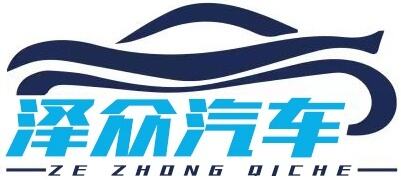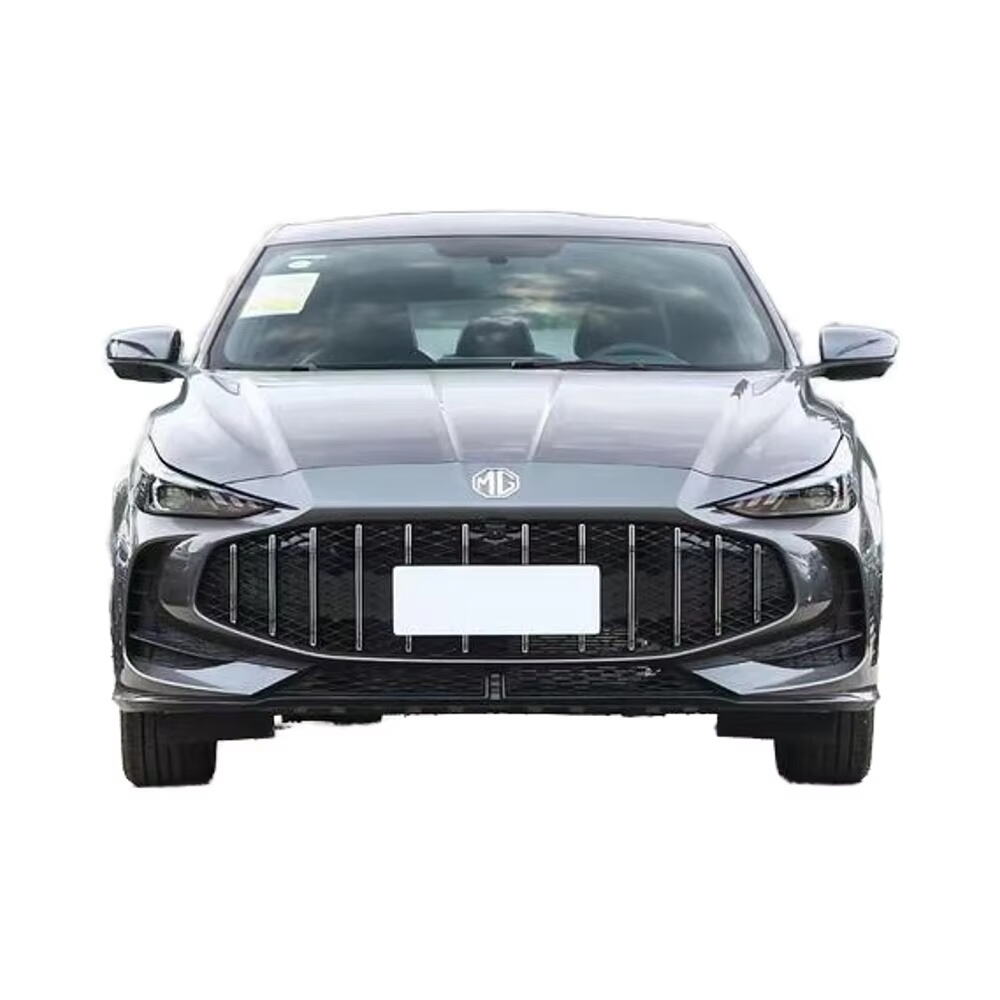The Rise of Affordable Luxury in the Automotive World
In recent years, the automotive landscape has witnessed a significant shift with the emergence of vehicles that combine premium features and affordability. Chinese cars have become a notable example of this trend, offering consumers access to advanced technology and refined designs at lower prices than many traditional competitors. Much like the way brass taps have long been valued for their blend of style and durability without exorbitant costs, Chinese cars provide a compelling balance of innovation, quality, and cost-effectiveness. This article delves into how Chinese cars achieve this impressive feat and what it means for buyers worldwide.
Innovations Driving Cost Efficiency
Streamlined Manufacturing Processes
Chinese car manufacturers have built their business models around highly efficient, vertically integrated production systems that drive down costs at every stage. By producing vehicles in massive batches on shared platforms, they capitalize on economies of scale that make the price of key components—such as engines, transmissions, and electronic modules—significantly lower than what smaller-volume brands can achieve. Coupled with extensive in‑house tooling and local sourcing of raw materials, this approach slashes procurement and logistics expenses.
On the factory floor, the adoption of state‑of‑the‑art robotics and automated quality‑control inspections ensures that each vehicle meets consistent standards without relying heavily on manual labor. Automated welding, painting, and assembly cells reduce human error and speed up production cycles, while real‑time monitoring systems catch defects before they become costly recalls. This tightly choreographed process mirrors the manufacturing of fine brass taps, where CNC machining and precision casting deliver flawless finishes and rugged construction at scale, rather than relying on artisanal hand‑finishing alone.
By scrutinizing and refining every link in the supply chain— from stamping body panels to installing infotainment systems—Chinese carmakers keep overheads to a minimum. Those savings are then reflected in showroom prices, allowing consumers to enjoy advanced safety suites, premium touchscreen interfaces, and refined cabin materials without the premium badge. Much like the way high‑quality brass taps can offer both visual elegance and reliable performance at accessible price points, these cars bring sophisticated features within reach through disciplined cost management and production excellence.
Strategic Partnerships and Local Sourcing
Chinese automotive companies frequently form strategic alliances with leading international suppliers and technology firms, securing access to state‑of‑the‑art components at a fraction of the usual development cost. By working together on everything from next‑generation infotainment modules to radar‑based collision‑avoidance systems and high‑efficiency turbocharged engines, these collaborations enable Chinese Cars to offer a level of sophistication once reserved for luxury marques. The shared R&D efforts and volume‑driven procurement agreements help amortize upfront engineering expenses across a broader production run, allowing manufacturers to roll out advanced features without incurring the hefty price premiums typically associated with in‑house development.
At the same time, Chinese Cars benefit from extensive local sourcing networks that span thousands of domestic suppliers. Shorter supply chains mean lower shipping fees, reduced import duties, and faster turnaround on critical parts, all of which directly contribute to a more competitive final sticker price. Component manufacturers located close to assembly plants can respond quickly to design changes or quality issues, further streamlining production and minimizing waste. This localized approach mirrors the brass tap industry’s practice of procuring high‑grade alloys from regional foundries, which keeps raw material costs in check while preserving rigorous quality controls. Together, these international partnerships and domestic supply‑chain efficiencies underpin the ability of Chinese Cars to deliver premium technology and reliability at prices that leave many competitors scrambling to keep up.
Design and Feature Integration
Focused Feature Selection
Rather than overwhelming buyers with unnecessary extras, many Chinese cars emphasize carefully selected premium features that offer real value. Touchscreen displays, advanced driver assistance, and connectivity options are integrated thoughtfully to enhance user experience while controlling costs. This targeted approach mirrors how brass taps blend elegant design with practical functionality, avoiding superfluous elements that drive up price.
Offering these essential features as standard rather than optional upgrades makes Chinese cars more accessible to a broader audience.
Modular and Flexible Platforms
Many Chinese manufacturers utilize modular vehicle platforms that support multiple models with varying features. This flexibility allows for shared components across different cars, reducing development costs while providing a range of options for consumers. Such platform sharing is akin to how brass taps use standardized parts that fit various designs, enabling efficient customization without extensive manufacturing changes.
This strategy helps Chinese cars maintain competitive pricing without compromising on technology or quality.

Market Positioning and Consumer Appeal
Targeting Value-Conscious Buyers
Chinese cars are often positioned to attract buyers who prioritize getting more for their money. By delivering premium features typically found in higher-priced vehicles, these cars appeal to consumers eager for advanced technology and comfort without the luxury price tag. This approach reflects the appeal of brass taps, which offer aesthetic and functional value at reasonable costs.
This consumer-centric positioning drives increased adoption and shifts market expectations around affordability and quality.
Expanding Global Reach and Brand Recognition
As Chinese car companies expand into international markets, they invest heavily in brand building and after-sales support. Enhancing service networks and warranty programs builds trust and reassures buyers about long-term ownership. Similarly, reputable brass tap brands gain customer loyalty by combining product quality with reliable support.
This expansion strategy strengthens the perception of Chinese cars as viable, value-packed alternatives in global automotive markets.
Environmental and Technological Leadership
Embracing New Energy Technologies
Many Chinese carmakers are at the forefront of electric and hybrid vehicle development. By integrating cutting-edge battery technology and eco-friendly powertrains, they offer premium environmental benefits alongside affordability. This leadership parallels how brass taps have incorporated innovative materials and finishes that improve sustainability and hygiene.
Consumers benefit from lower running costs and contribute to global efforts to reduce carbon emissions through these advanced vehicles.
Continuous Software and Connectivity Improvements
Chinese cars frequently feature the latest software integrations, enabling over-the-air updates, seamless smartphone connectivity, and enhanced infotainment. Such technological advances add significant value, traditionally associated with premium vehicles, at accessible price points.
This commitment to continuous improvement resonates with users who expect smart, connected driving experiences, much like modern brass taps incorporate user-friendly and hygienic technologies.
FAQ
Why are Chinese cars generally more affordable despite having premium features?
Chinese manufacturers optimize production efficiency, leverage local sourcing, and focus on essential features to keep costs low without sacrificing quality.
How do Chinese cars maintain quality while offering lower prices?
Through streamlined manufacturing, international partnerships, and modular platforms, Chinese cars ensure consistent quality and advanced technology at competitive prices.
Are the safety features in Chinese cars comparable to those in more expensive vehicles?
Yes, many Chinese cars include advanced safety technologies such as airbags, ABS, and electronic stability control, meeting international safety standards.
What environmental benefits do Chinese cars provide?
Many Chinese models offer electric or hybrid options, supporting lower emissions and reduced fuel consumption while maintaining affordability.

